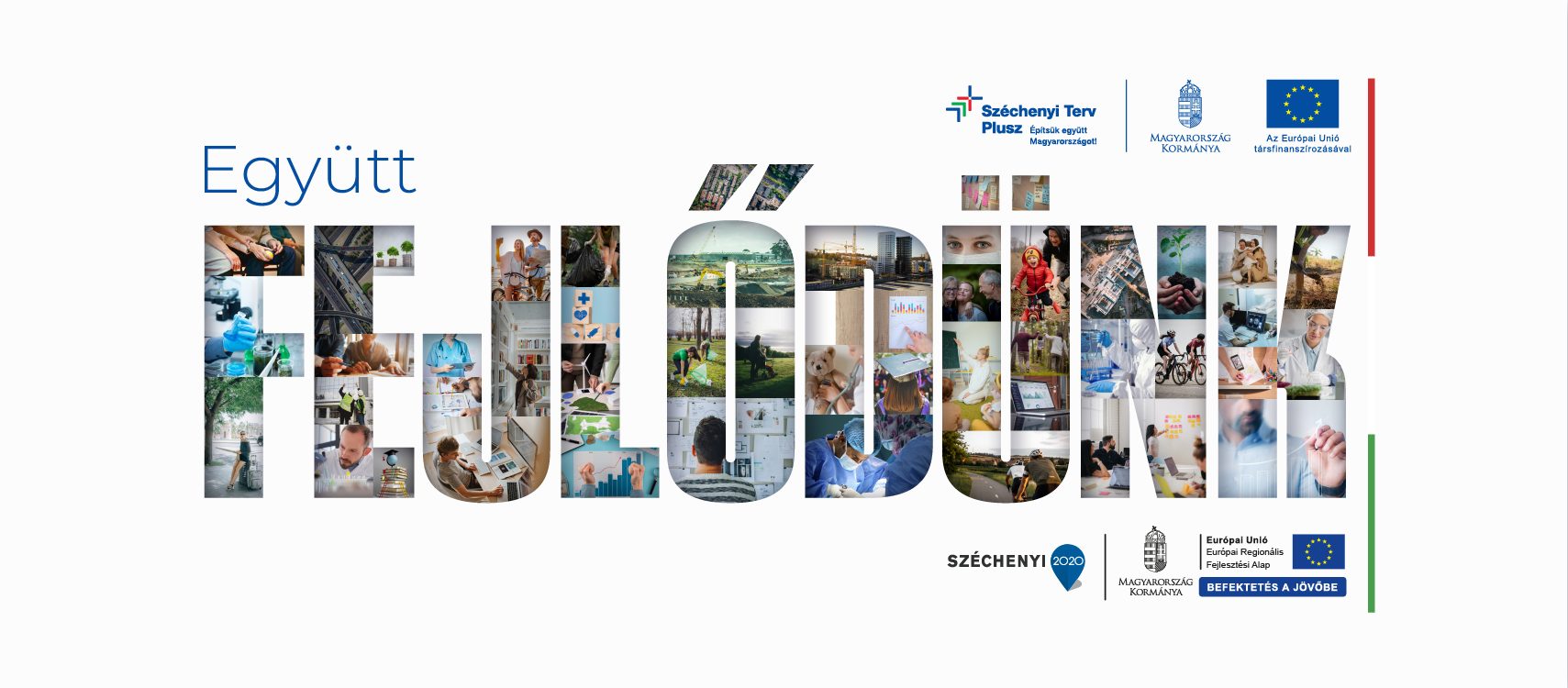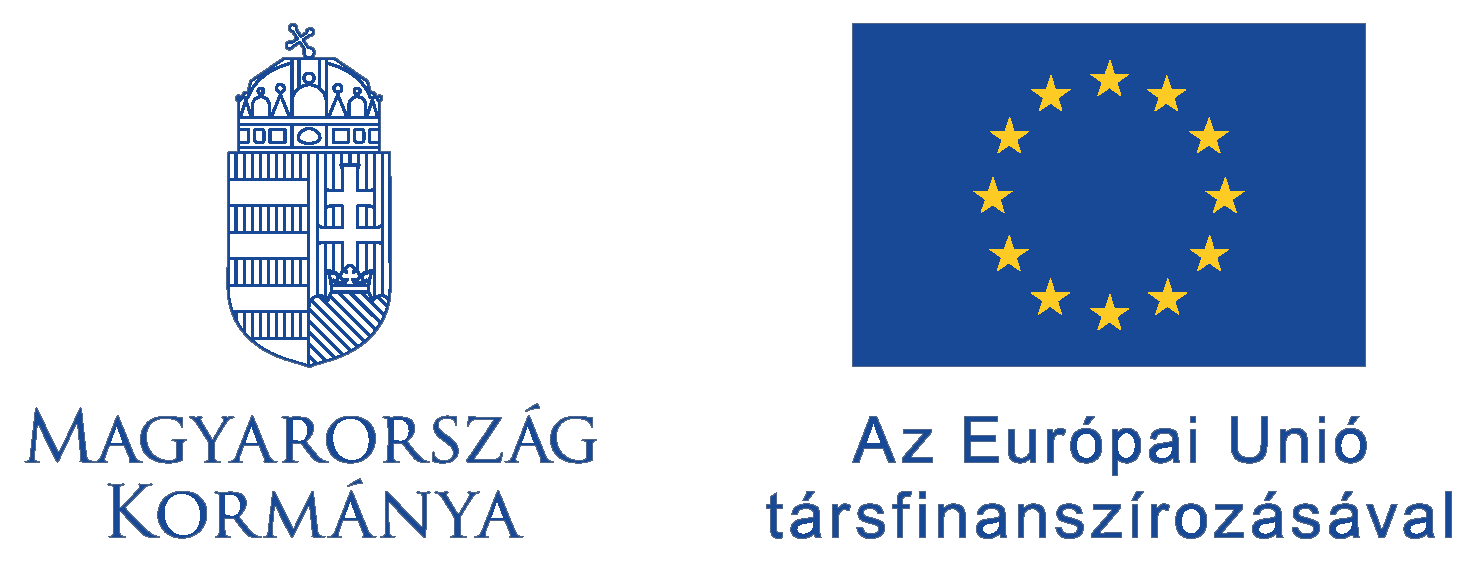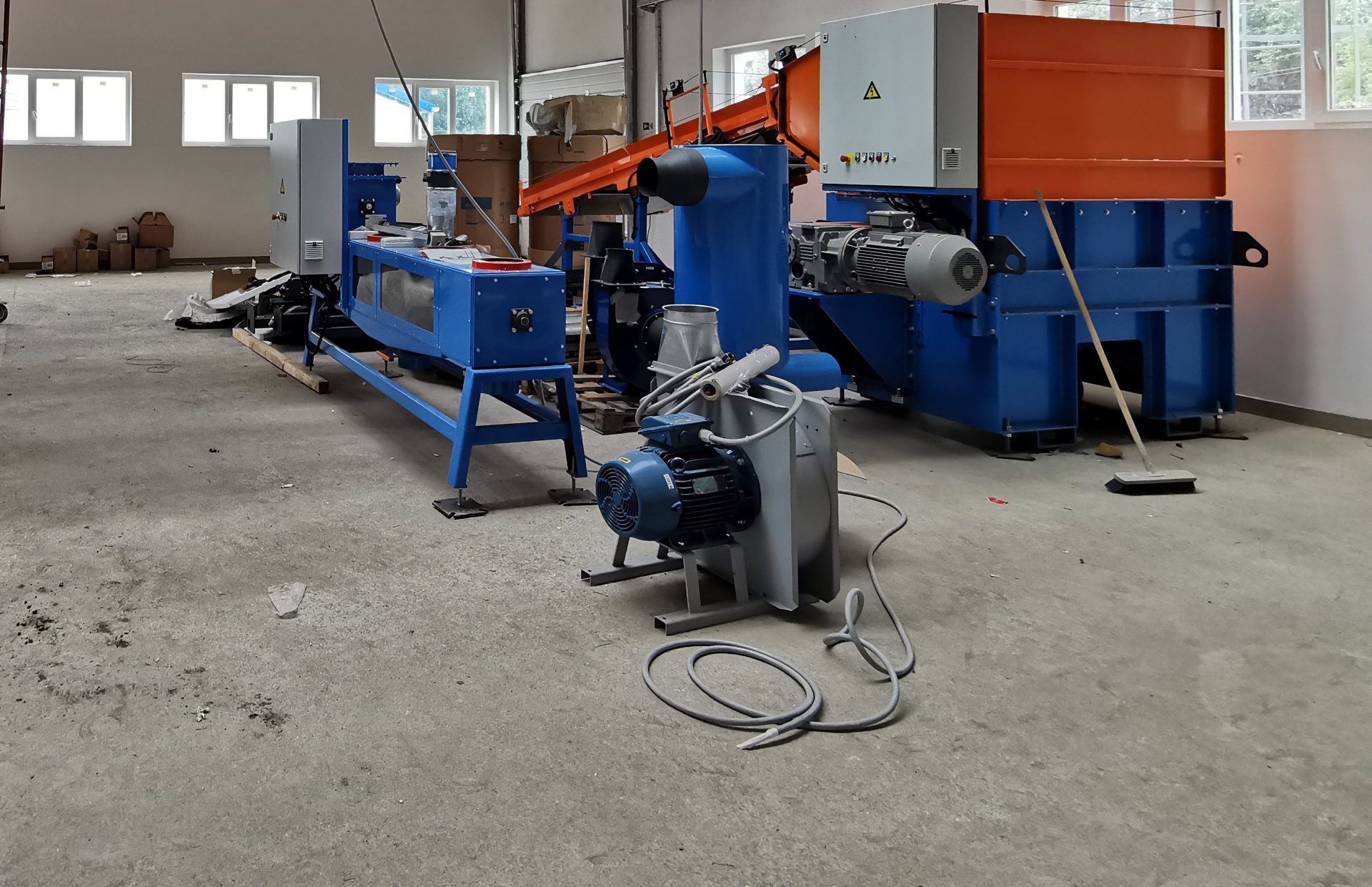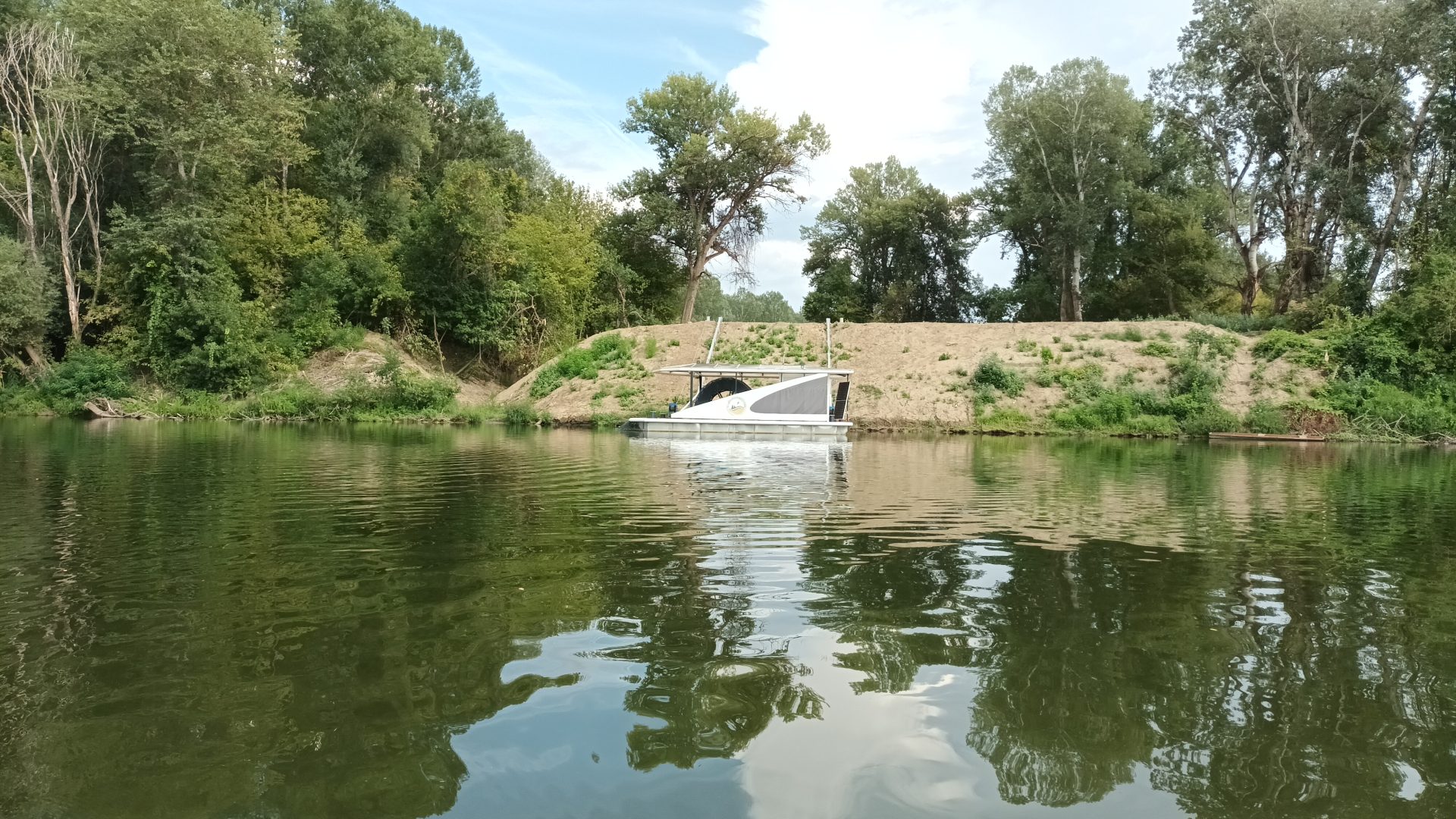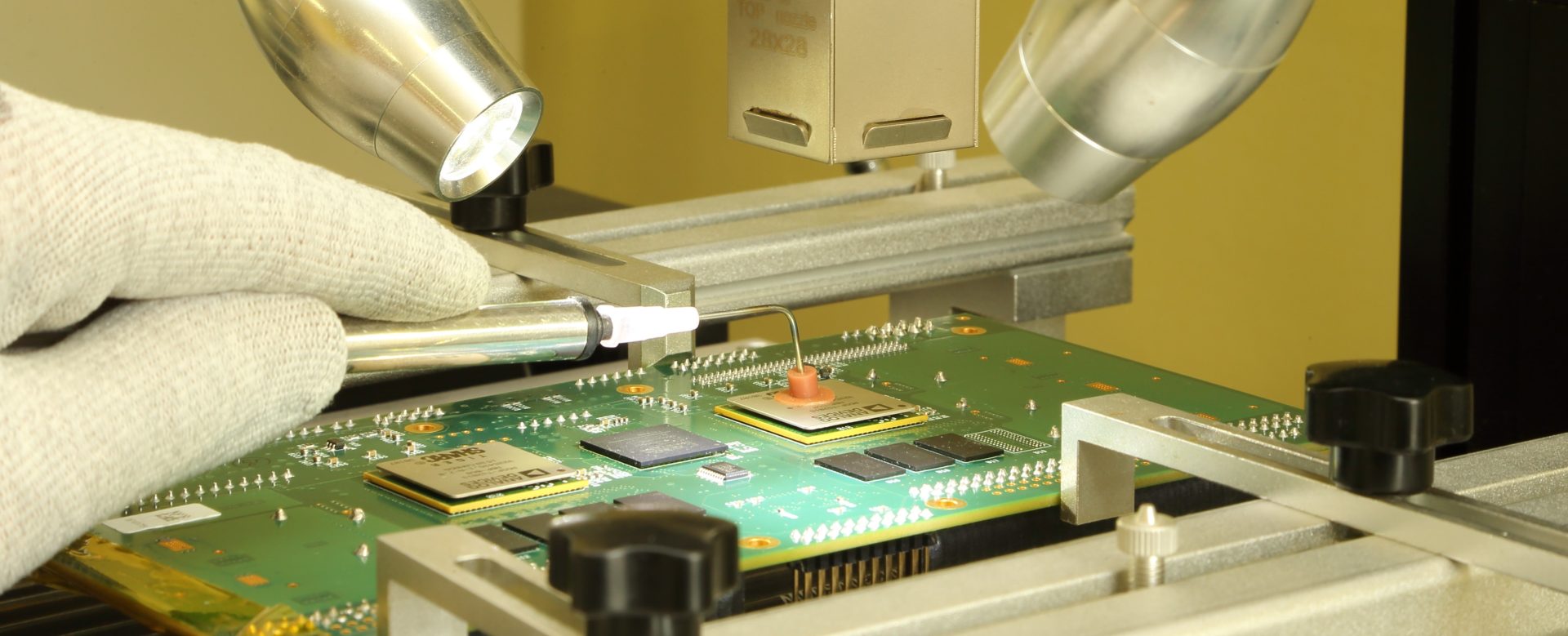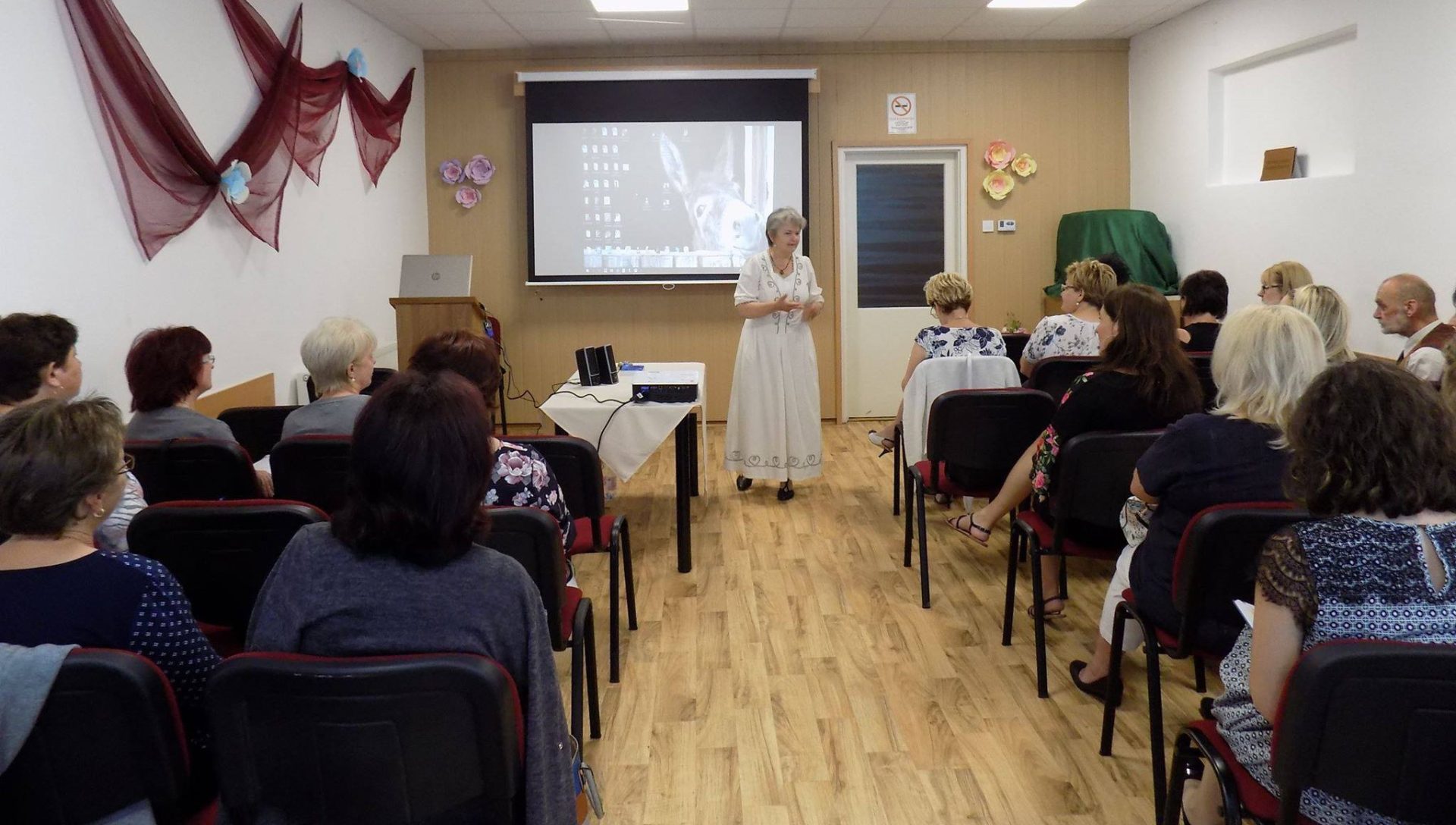Tata is a city rich in cultural and industrial heritage. As part of the third phase of the English Garden’s restoration, the municipality has used EU funding to breathe new life into the long-closed Jenő Mill and its courtyard, creating a new attraction that offers unique experiences and programs for visitors of all ages.
Spread across 6,000 m², this interactive mill history park is the only place in Hungary where visitors can discover different types of mills—grist, saw, fulling, and water mills—all in one location.
| The Jenő Mill, located on the northern edge of the English Garden, once belonged to the Esterházy estate. The building, now a listed monument, was originally constructed by the Esterházy family in the 18th century. The freestanding, rectangular, one-story mill, with its gabled roof, annex, and distinctive red limestone sluice, played an important role in the local economy during the 19th century. It was powered by the waters of the Pokol Spring, leased by the Muraközy family in 1890, and later by Bálint Lampert from 1900 to 1920. In 1930 it was converted into an ice factory, then used as a warehouse and later as a pump house. By the end of the 20th century, the building had deteriorated so badly it had to be closed. (source: tataiangolkert.hu) |
Today, the mill has been beautifully restored. The floors and original mechanisms have been reconstructed, and every room now serves as an exhibition space. In the central interactive hall, visitors can explore the history and operation of Tata’s mills. The adjoining miller’s house includes an open-chimney kitchen and a short film about the everyday life of millers. Demonstrations of grinding and the mill’s machinery give an authentic insight into their work and tools. Even the former bath area has been repurposed to show how different mill structures function. Outside, a new community space has been created, complete with a scale model of the Guta Mill.
The visitor center is open year-round, including Sundays and public holidays (closed on Mondays). It welcomes families, school groups, and tourists alike—mainly from Hungary and the surrounding region, but also from abroad.
More than just a museum, the Jenő Mill Visitor Center offers hands-on learning, strengthens community ties, attracts families and students, and contributes to sustainable tourism and economic growth in the region.
The development was implemented from EU funding in the project TOP-1.2.1-16-KO1-2017-00003 under the Territorial and Settlement Development Operational Program Plus.
Find out more about the project in the Project Finder: Details
